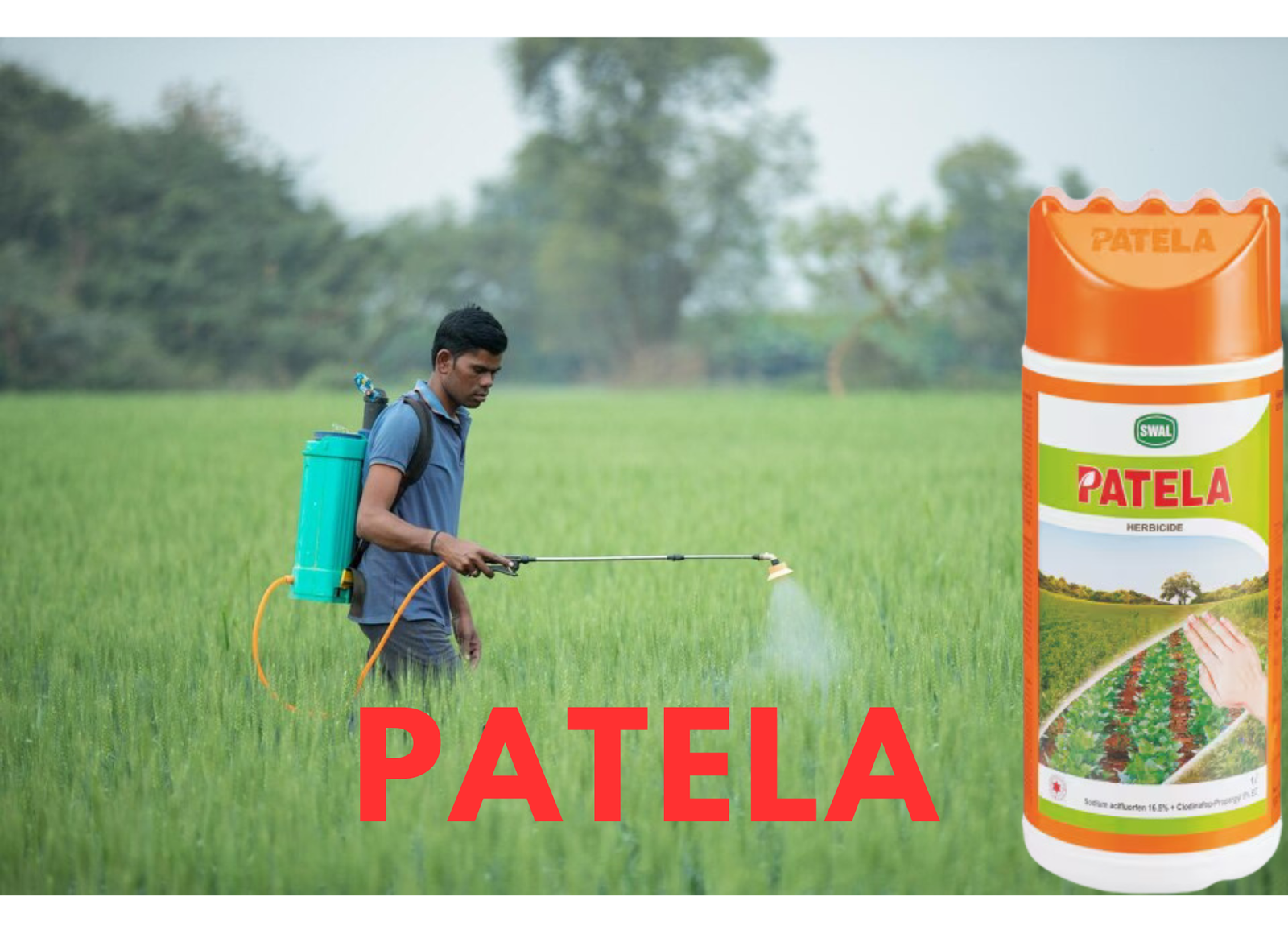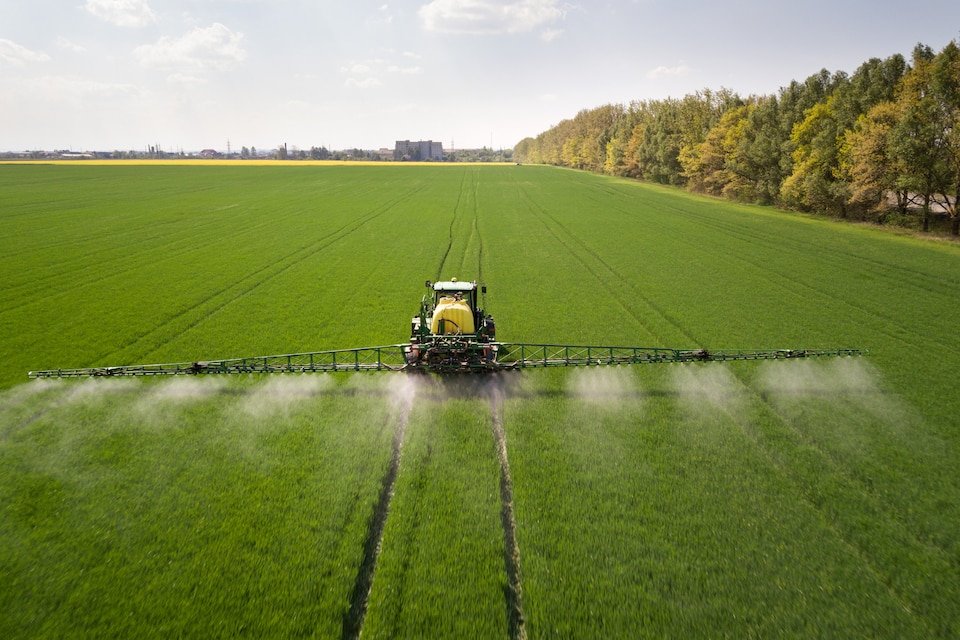Introduction
In the ever-evolving world of modern agriculture, where crop yields and efficiency are paramount, the use of effective herbicides has become indispensable. One such herbicide making waves in the agricultural community is Patela Herbicide. This comprehensive guide aims to shed light on the various aspects of Patela Herbicide, including its uses, price, dosage, and more. By the end of this article, you’ll have a thorough understanding of how Patela Herbicide can benefit your farming endeavors.
What is Patela Herbicide?

Before delving into the specifics, let’s start with the basics. Patela Herbicide is a chemical marvel, formulated to combat the persistent problem of weeds in agriculture. Its primary function is weed control, ensuring that crops remain free from the competition for nutrients, sunlight, and water. What sets Patela Herbicide apart is its chemical composition, which gives it an edge in the world of weed management.
This herbicide consists of a powerful blend of active ingredients designed to target a wide range of weed species while preserving the health of the crop. Patela Herbicide is a selective herbicide, meaning it can eliminate weeds without harming the intended crop, making it a safe and effective solution for farmers.
Patela Herbicide Uses
Versatility in Agriculture
Patela Herbicide is known for its versatility and efficacy across various agricultural applications. It has proven effective in managing weeds in a multitude of crops, including staples like corn, soybeans, and wheat, among others. Its effectiveness in these diverse crop types is a testament to its adaptability and broad-spectrum weed control.
Real-World Success
To illustrate its practical application, let’s consider some real-world examples. In a cornfield, Patela Herbicide has been shown to significantly reduce the presence of common weed species such as pigweed and foxtail, thereby increasing the overall yield. In soybean crops, the herbicide has successfully curbed the growth of broadleaf weeds, ensuring a healthier and more productive harvest. These examples demonstrate the tangible benefits Patela Herbicide can bring to different types of farming.
Patela Herbicide Dosage and Application
The key to the successful use of Patela Herbicide lies in the proper dosage and application techniques. It’s essential to follow recommended guidelines to maximize its efficacy while minimizing any potential risks.
Precision in Application
Factors such as soil type, crop stage, and weed species present should be considered when determining the optimal dosage. Precision agriculture technologies and GPS-guided applicators have revolutionized herbicide application, allowing for accurate and targeted delivery, reducing waste, and ensuring a higher level of weed control.
Step-by-Step Guide
For safe and effective application, consider the following steps:
Calibrate Equipment: Ensure that your equipment is calibrated correctly to dispense the precise amount of Patela Herbicide.
Check Weather Conditions: Choose a day with favorable weather conditions to prevent herbicide drift and maximize effectiveness.
Follow Label Instructions: Read and adhere to the product label instructions diligently to avoid unintended consequences.
Mixing Guidelines: Mix the herbicide with the recommended amount of water and other adjuvants according to the label instructions.
Application Timing: Apply Patela Herbicide when the target weeds are in the recommended growth stage.
Monitor Results: Regularly monitor the results of the application to assess its effectiveness and make any necessary adjustments.
By following these steps, you can ensure the safe and efficient use of Patela Herbicide in your fields.
Patela Herbicide Price and Cost-Efficiency
Farmers often weigh the cost of herbicides against their potential benefits. Patela Herbicide, like any agricultural input, comes with a price tag. However, assessing its cost-efficiency involves considering the long-term benefits it offers.
Pricing Analysis
The cost of Patela Herbicide may vary depending on your location and market conditions. It’s advisable to research local suppliers and pricing to make informed decisions about procurement.
Return on Investment
It’s essential to view the cost of Patela Herbicide as an investment in your crop’s health and yield. By effectively managing weeds, you can increase crop yield and, in many cases, improve the quality of the harvest. This can result in higher revenue that far outweighs the initial cost of the herbicide.
Cost-Efficiency Tips
To optimize cost-efficiency, consider the following tips:
Accurate Application: Ensure precise application to avoid wasting the herbicide.
Targeted Weed Management: Focus on areas where weeds are most problematic.
Proper Storage: Store the herbicide according to manufacturer guidelines to maintain its efficacy.
By following these guidelines, you can make the most of your investment in Patela Herbicide.
Patela Herbicide Safety and Precautions
Safety should always be a top priority when working with herbicides. Patela Herbicide is no exception, and it’s essential to understand the safety measures and precautions involved in its use.
Personal Protective Equipment (PPE)
When handling Patela Herbicide, it’s crucial to wear the appropriate personal protective equipment (PPE). This may include gloves, eye protection, a long-sleeved shirt, long pants, and closed-toe shoes. These precautions are essential to prevent accidental exposure.
First Aid Measures
In case of accidental exposure, immediate action is necessary. Rinse any skin that comes into contact with the herbicide thoroughly, and seek medical attention if irritation or other symptoms occur. If Patela Herbicide is ingested, contact a poison control center or seek medical help promptly.
Environmental Impact and Sustainability
As the global focus on sustainability and environmental impact intensifies, the use of herbicides like Patela also comes under scrutiny. Understanding the environmental implications and adopting sustainable farming practices is paramount.
Responsible Herbicide Use
Patela Herbicide, when used responsibly, can have a reduced environmental impact compared to less selective herbicides. Its selectivity minimizes harm to non-target plants and ecosystems. Still, it’s important to follow best practices to ensure responsible use.
Sustainable Farming Practices
The article can explore sustainable farming practices, such as integrated weed management, cover cropping, and crop rotation, which complement the use of herbicides like Patela. By adopting these practices, farmers can reduce their reliance on herbicides and promote a more sustainable and eco-friendly approach to weed control.
Importance of Responsible Herbicide Use
Highlight the significance of using herbicides like Patela responsibly. Emphasize that it’s not just about controlling weeds but also about preserving the environment and ensuring the long-term health of the land.
Patela Herbicide and Crop Yield
The ultimate goal of any herbicide is to enhance crop yield, and Patela Herbicide is no exception. Let’s explore how this herbicide can impact crop yields positively.
Quantifiable Improvements
Data and statistics have shown that the use of Patela Herbicide results in quantifiable improvements in crop yield. By effectively managing weed competition, crops have access to essential resources like nutrients and sunlight, leading to healthier and more productive harvests.
Success Stories
Share success stories from farmers who have integrated Patela Herbicide into their farming practices. These firsthand accounts can offer valuable insights into the practical benefits of using this herbicide.
Regulatory Approvals and Compliance
To ensure the safety and legality of herbicide use, it’s essential to understand the regulatory approvals and compliance requirements for Patela Herbicide.
Regulatory Approvals
Detail the regulatory approvals and certifications that Patela Herbicide holds. This information provides assurance to farmers that the product has undergone rigorous testing and meets industry standards.
Compliance Guidelines
Advise farmers on complying with local and national regulations related to herbicide use. This ensures that they are on the right side of the law and reduces the risk of fines or penalties.
Addressing Legal Concerns
Address any legal concerns associated with herbicide usage, such as liability or disputes that may arise from its use. Provide guidance on how to handle such situations, including potential sources of legal assistance.
Conclusion
In the world of modern agriculture, where crop yields directly impact livelihoods, effective weed management is critical. Patela Herbicide stands as a valuable tool in the arsenal of farmers, offering precise and efficient weed control without harming crops. By adhering to recommended dosages, safety precautions, and environmental stewardship, farmers can harness the benefits of Patela Herbicide while contributing to sustainable agriculture.
In conclusion, this comprehensive guide has highlighted the various facets of Patela Herbicide, from its chemical composition to its practical application in the field. We’ve explored its impact on crop yield, safety measures, environmental considerations, and regulatory approvals. As you consider the use of Patela Herbicide in your farming operations, remember that informed and responsible herbicide use is not just good practice; it’s an investment in the future of agriculture.

